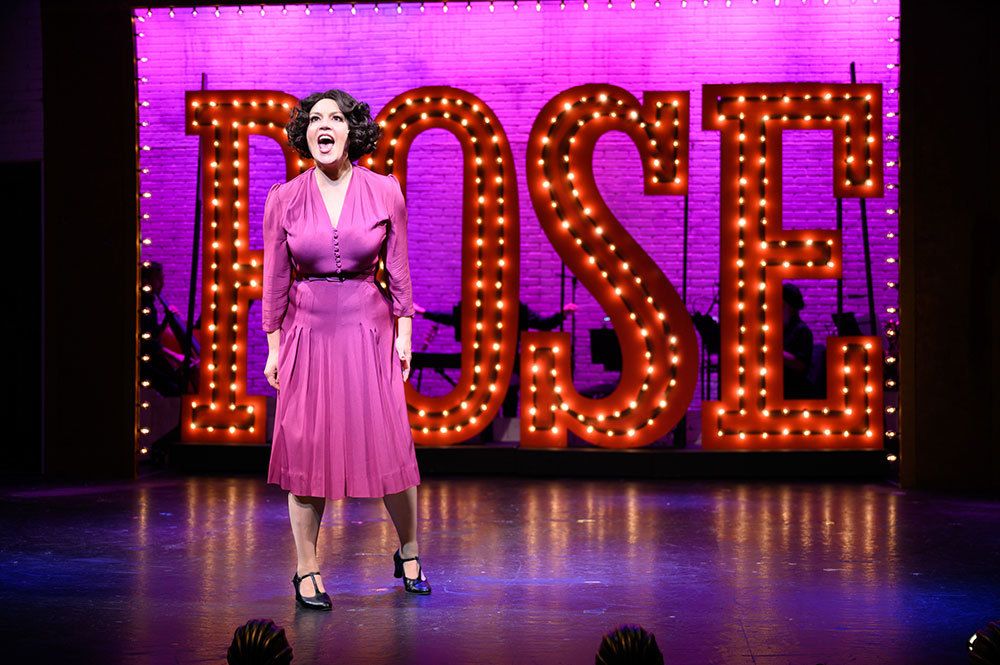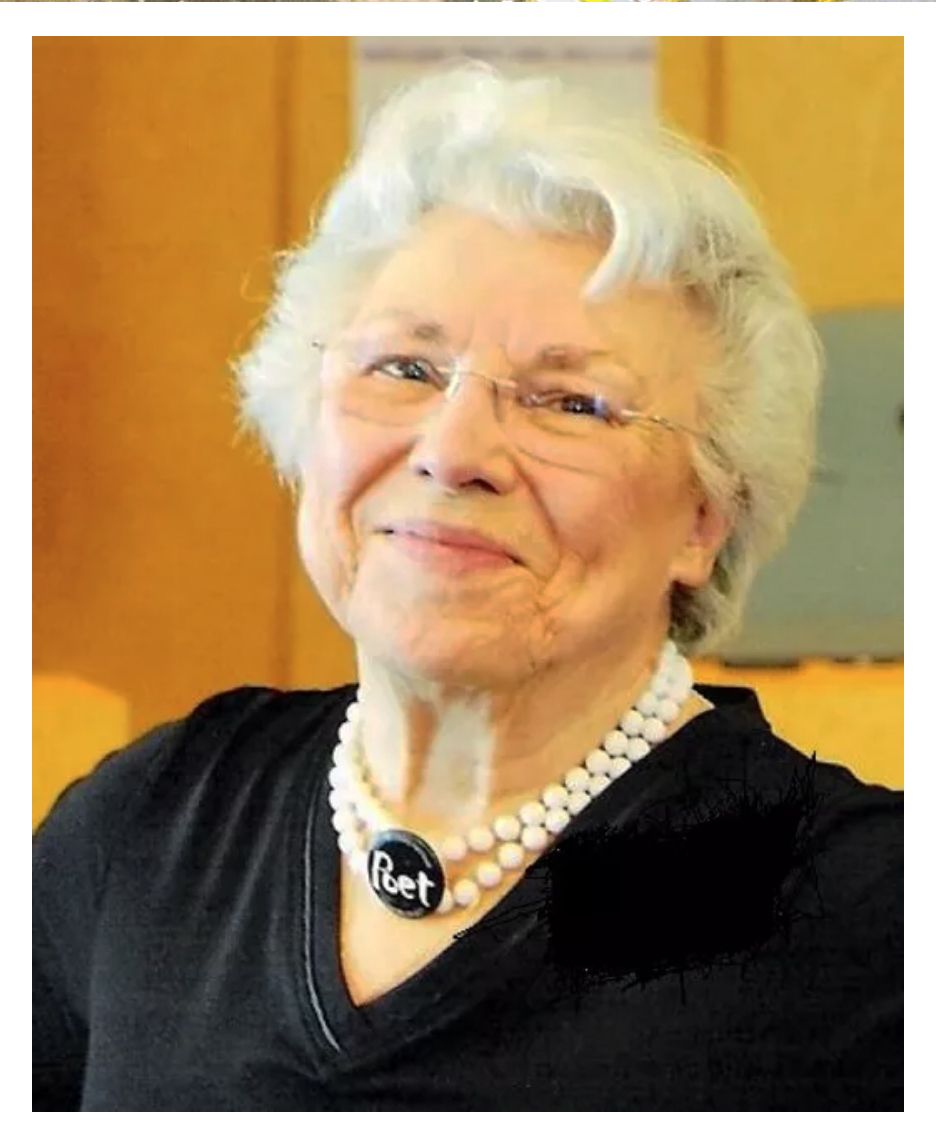ArtsCulture
-
The Basket Weavers
 The Pomo basket-weaving tradition in Northern California has been passed down for generations. But development projects and invasive non-native plant species continue to threaten the native plants used for basketry.
The Pomo basket-weaving tradition in Northern California has been passed down for generations. But development projects and invasive non-native plant species continue to threaten the native plants used for basketry. -
The Importance of Arts Education
 KRCB North Bay Public Media explores the importance of arts education in in K-12 education, with a community grant from Sonoma Wine Country Weekend. View the videos on this page to learn more.
KRCB North Bay Public Media explores the importance of arts education in in K-12 education, with a community grant from Sonoma Wine Country Weekend. View the videos on this page to learn more. -
The National Endowment for the Arts
About the National Endowment for the Arts
The National Endowment for the Arts was established by Congress in 1965 as an independent agency of the federal government. To date, the NEA has awarded more than $4 billion to support artistic excellence, creativity and innovation for the benefit of individuals and communities. The NEA extends its work through partnerships with state arts agencies, local leaders, other federal agencies, and the philanthropic sector.
-
This 'Gypsy' May Change Your View of Who The Show Is About
 I don't have a lot of notes from my experience sitting in the dark on Gypsy's opening night. One says simply "Bernadette Peters."
I don't have a lot of notes from my experience sitting in the dark on Gypsy's opening night. One says simply "Bernadette Peters."I had been trying to remember the last time I saw Gypsy, and some quirk of Ariela Morgenstern's performance reminded me that it was the 2003 Bernadette Peters Broadway revival. There were times, in fact, when Morgenstern's performance seemed more like a mashup of greatest Mama Roses – from Ethel Merman to Angela Lansbury to Peters. But the notes she struck were not at the fevered pitch that any of these performers reached.
Digging into the program notes later, I read how director and choreographer Matthew McCoy had tried to bring out a "humanistic approach to the character's relationships…" And suddenly, Morgenstern's turn as Rose seems less like a hodgepodge and more like a dialed down, human scaled sketch of someone who can be played as a monster.
What McCoy gains from his approach to Rose is an expanded focus on the trio that orbits her: daughters June and Louise and her loyal, hapless, and finally exasperated boyfriend and manager Herbie.
Another note: simply "Louise." In fact, the character that draws your attention from the very first "Sing out, Louise" is the sister who seems like she'll simply be a footnote. As the adult Louise, Jade Shojaee increasingly becomes the center of the production. Spoiler alert: it is, in fact, her story that is being told here, as the woman who becomes one of the last century's most famous adult performers, Gypsy Rose Lee.
The directorial choices that create that focus, and place the sympathetic Louise more firmly in the center of the story, make this Gypsy compelling and pull us through the tale of Rose's incredible drive to make either of her girls a star. There's less pathology, more heart here.
What is lost is the "can't stop watching a car wreck" feeling of out of control Mama. But what is gained is the sense of a story that connects to the lives of all of us in the audience.
Some other ups and downs: the band, swinging, accurate and very musical can't help seeming thin at ten players. The direction and choreography work together to keep the show moving and seamless. Some of the musical numbers, which it can be argued are needed to give a sense of the grind and pleasures of vaudeville and burlesque, nevertheless cry out for pruning to move the story along. And the color-blind casting feels just right for a polyglot San Francisco.
If you love Gypsy and want another experience of it that won't erase your memories of powerhouse Mama Roses past, this is for you. In fact, you'll understand for the first time, or perhaps remember, whose story this really is, and how malleable it can be.
The Bay Area Musicals production of Gypsy plays from November 9 through December 8 at the Alcazar Theater in San Francisco, 650 Geary Street.
(Image: Jade Shojaee as Louise. Credit: Ben Krantz Studio)
(Image: Ariela Morgenstern as Mama Rose. Credit: Ben Krantz Studio)

-
Timely Film Tells Story of Napa, Sonoma Essential Workers
 In a film now available on the web and through KQED's series Truly, CA, Eva Rendle explores the aftermath of the 2017 Wine Country Fires, and their impact on agricultural workers and others at the bottom of the pay scale in our divided and unequal community.KRCB news director Steve Mencher spoke with the filmmaker about what she learned. She has moved to Colorado, where she continues to work on socially relevant documentaries.
In a film now available on the web and through KQED's series Truly, CA, Eva Rendle explores the aftermath of the 2017 Wine Country Fires, and their impact on agricultural workers and others at the bottom of the pay scale in our divided and unequal community.KRCB news director Steve Mencher spoke with the filmmaker about what she learned. She has moved to Colorado, where she continues to work on socially relevant documentaries. -
Tryouts Continue at Santa Rosa Symphony; Jenkins Pleases Crowd with Bartok

The Santa Rosa Symphony continues its series of very public job interviews. This past weekend, Graeme Jenkins conducted the orchestra in performances of music by Haydn and Bartok, with pianist Orli Shaham joining the group in Mozart's Concert No.
21 in C major for Piano and Orchestra. Attendees received an email Tuesday asking them to rate the conductor's skills and rapport with the audience. He'll be compared to the previous three candidates, and the upcoming guest conductor Michael Christie, who arrives in February for a weekend.Jenkins had the audience's attention immediately, as he dove into Haydn's Symphony No. 100 in G major. He drew warm, precise playing from the strings and seemed to enjoy the band's martial percussion flourishes in the second movement Allegretto. (The symphony is nicknamed "Military.")
The Mozart concerto showed Jenkins as a steady and inspired musical partner to Shaham, whose brother, violinist Gil Shaham, is perhaps a little better known. Her reputation as a Mozart specialist was on display as her crystaline and lucid touch drew a very Classical sound from the modern concert grand onstage. Mozart requires enormous precision, but that detailed playing shouldn't be at the expense of warmth. Shaham has all those bases covered and earned an enthusiastic standing ovation from the crowd.
After intermission, Graeme shifted to the role of music educator. He spoke engagingly about the themes of the Bartok Concerto for Orchestra, illustrating each passage musically, calling the soloists by name, and generally giving the audience a sense that if he is hired to lead the band, he'd be an approachable and informal "maestro" without any fuss or pretension.
Although the concert I attended took place on Martin Luther King's birthday holiday, the only nod to the occasion was a statement by Jenkins that "he has a dream" for the orchestra's excellence in "world class" Weill Hall at the Green Music Center. It wasn't exactly a false note, but it emphasized the apparent lack of diversity in the orchestra and the audience. These are issues that any new conductor will undoubtedly address in time.
The actual performance of the Bartok delivered on Jenkins' promise. It was an intelligent and emotional ride through the composer's late in life homage to his native Hungary. The audience once again awarded a standing ovation, and made it clear that Jenkins is a strong contender for the important job of leading Santa Rosa's orchestra into its next chapter.
---
Steve Mencher was a radio producer at Carnegie Hall and worked for NPR'sPerformance Today music program. He's currently news director of KRCB.
-
Two views of a pandemic - poetry by Vilma Olsvary Ginsberg

every light casts a shadow;
every shadow lives from light
six-foot safety zone
we are conceived in embrace
we are borne by embrace
we are born from embrace
by embrace are we nurtured
in embrace do we marry
and thrive
and if lucky
we die embraced
now we are
enjoined from embrace
force to live
like lepers of circumstance
how long can we survive
alone and skin-hungry
before we die
shriveled of soul?
corona
this sub-micro-organism
has paralyzed a planet
and in our standstill
and from our careful distances
we breathe the clearer air
practice patience and prudence
see each other in finer point
treat each other more gently
embrace from afar
rediscover forgotten nature
fauna wild and tame
feel again the soul-healing
of flowers
which are said to be
the smiles of the gods
as we live now
in corona
halo of light
© Vilma Olsvary Ginzberg3-22-2020 -
Word by Word Welcomes Murder Mystery Writer Cara Black

 Sunday at 4 pm on KRCB FM Radio 91.Word by Word listeners (and mystery writers) will enjoy the conversation (and pick up a few writing tips), during Gil Mansergh’s informative conversation with Cara Black, the New York Times bestselling author of 19 Aimee Leduc murder mysteries. Each novel takes place in a different Parisian administrative district. Known as arrondissements, these 22 districts circle outward in a clockwise spiral from the center of Paris. Cara’s newest novel takes place in the 12th district, and we learn how this specific locale prompted her latest mystery, Murder in Bel Air.
Sunday at 4 pm on KRCB FM Radio 91.Word by Word listeners (and mystery writers) will enjoy the conversation (and pick up a few writing tips), during Gil Mansergh’s informative conversation with Cara Black, the New York Times bestselling author of 19 Aimee Leduc murder mysteries. Each novel takes place in a different Parisian administrative district. Known as arrondissements, these 22 districts circle outward in a clockwise spiral from the center of Paris. Cara’s newest novel takes place in the 12th district, and we learn how this specific locale prompted her latest mystery, Murder in Bel Air.
Page 5 of 5
Northern California
Public Media
Newsletter
Get the latest updates on programs and events.

 Live Radio
Live Radio

